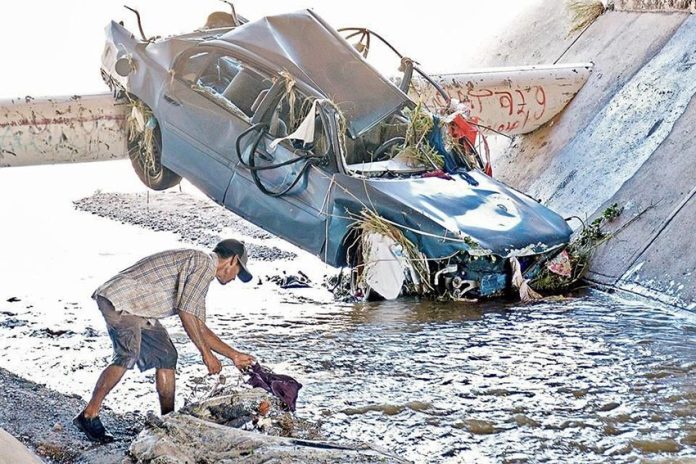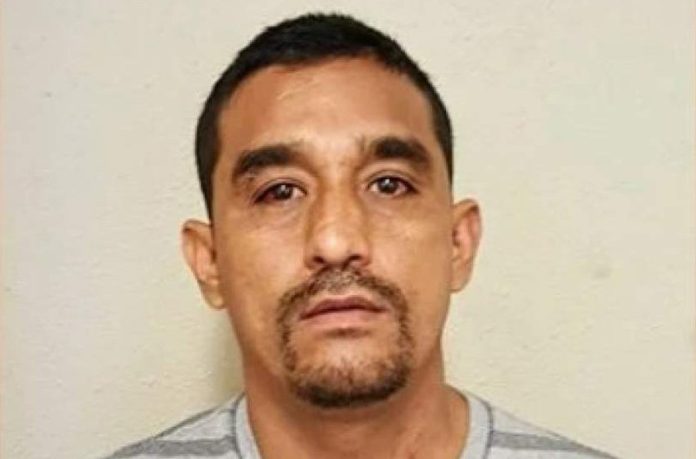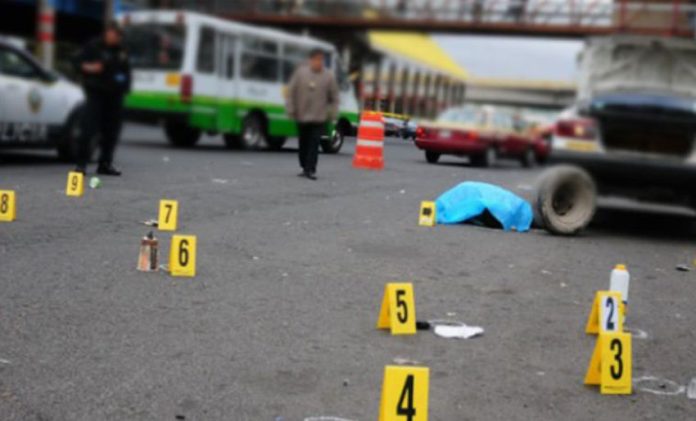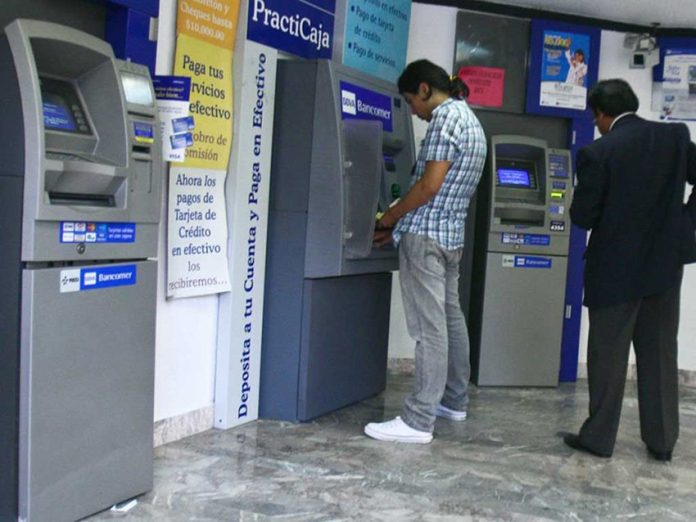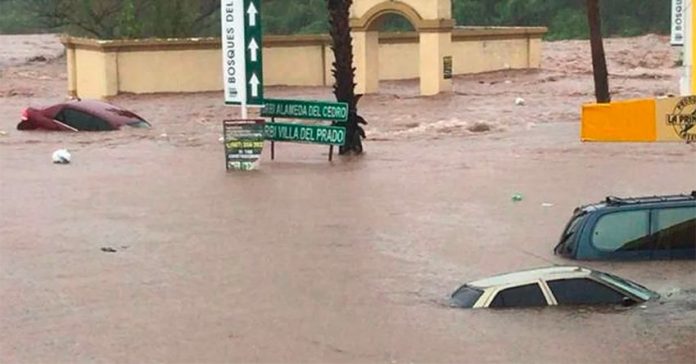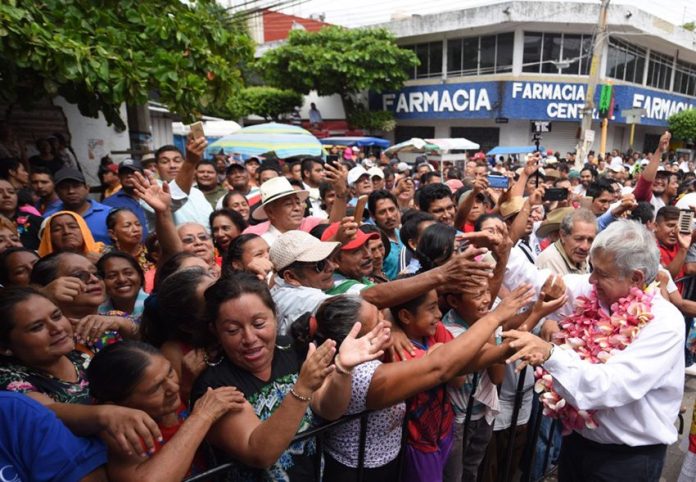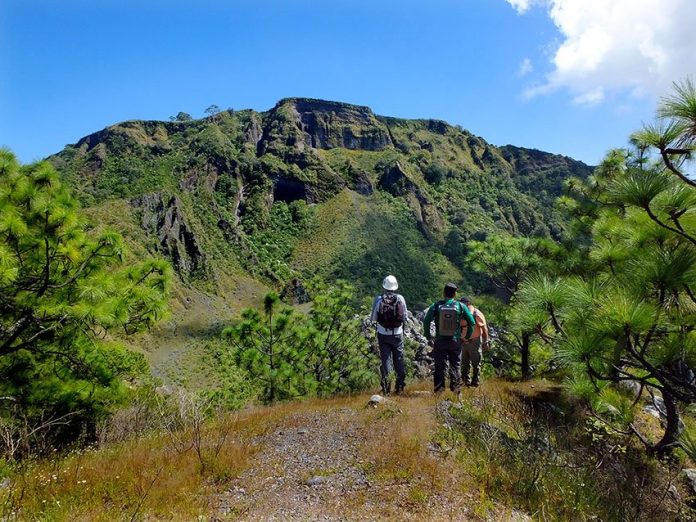Ceboruco is a stratovolcano located in the state of Nayarit at a spot 60 kilometers southeast of Tepic, where three tectonic plates come together.
According to the Smithsonian’s Global Volcanism Program, it is the only historically active volcano in the northwest part of the Mexican Volcanic Belt and last erupted around 1875.
This massive, mysterious volcano was first brought to my attention by a friendly oldtimer guarding the archaeological ruins at nearby Ixtlán.
“If you’re looking for a place to camp around here, señor, all I can say is that the most beautiful sight I have ever seen is the view from the top of Ceboruco Volcano. There are no mala gente [bad guys] there, no gente at all, in fact, and the camino that takes you up is in great condition.”
We thanked the old gentleman and drove up the road to the sleepy town of Jala, famous for its honey (available in November). Exiting Jala, we found ourselves face to face with Ceboruco, which loomed above us, hogging the entire horizon.
As we followed the twists and turns of the narrow but well maintained brick and cobblestone road, we witnessed dramatic changes both in temperature and in vegetation. At first there were clusters of beehives nestled among low, thorny shrubs on the roadside. It was hot and dry, and three times we were surprised by roadrunners dashing in front of us.
Then we found ourselves in the shade of the mountain and it was suddenly cool and green. As we drove higher, the trees grew taller until finally we were surrounded by a beautiful pine forest. It was time to put on sweaters and jackets.
As we took one of the last bends at the top of the mountain, we came upon an enormous, sheer cliff where the road appeared to simply vanish. Below us was a deep chasm. Cautiously, we drove along at a snail’s pace and were amazed to discover it wasn’t washed out at all. It was, in fact, perfectly safe, and after passing through several hidden recesses, we left the perimeter of the volcano and headed for the top.
At the beginning of a beautiful long meadow below us and to our right we spotted white wisps rising from holes at the base of the valley wall. We pulled off the road and went to investigate these fumaroles which bathe the hillside in live steam day and night.
Although this meadow becomes — on rare occasions — the venue for local soccer matches, most days of the year it makes a great place to camp. The valley, with its dramatically steep walls, is gorgeous and imparts a safe, peaceful feeling. The steam whooshing out of the earth is also very impressive and comes without the usual strong sulphur smell associated with many fumaroles.
The altitude of the microwave station at the top is 2,280 meters. Just before it lie the abandoned shells of a recreational area and museum where I have camped on numerous occasions. This flat spot is surrounded by enormous chunks of rugged lava, a frozen sea of violent passion.
Over the dark, jagged wall above, all kinds of weather can come at you with incredible swiftness. One evening my nephew and I were first soaked with heavy rain, then battered by resounding hailstones. Suddenly, the sky cleared and the stars came out!
We went for a walk and watched as off in the far distance heavy black clouds rolled over the valleys below. Lightning bolts began shooting up from the ground and down from the clouds simultaneously, in the most spectacular fireworks display we had ever seen. Moments later, thick fog rolled in, swirling through our campsite until visibility was limited to about one meter.
On this mountain you can get a good dousing even in the dry season. And in case you doubt that Tlaloc the rain god himself is running the show, ask French geologist Henri de St. Pierre. At 2:00am he staggered out of his tent with a ravaging case of Montezuma’s revenge (thanks to the salsa in a country restaurant).
At that very moment, the rain god decided to start dumping torrents upon our little bailiwick. Even today, Henri keeps his Parisian friends in stitches while describing the longest and wettest night of his life, during which he had to repeatedly crawl out of his tent to let nature take its course, while at the same time trying to hold a roll of toilet paper, an umbrella and a flashlight in only two hands.
Yes, camping on Ceboruco is like sleeping on the back of an angry giant.
From the former rec center a path, 2.8 kilometers long, leads southwest towards the smoldering crater which you can reach in about an hour. As we followed the path, we kept discovering beautiful, perfectly flat meadows covered with rich carpets of short grass. These are bordered by walls of lava, and here and there in the distance you see tall hills, some green with vegetation, others stark and sterile.
Rumor has it that pumas live among the pine trees and yuccas and, in fact, we saw plenty of large cat tracks crisscrossing the trail, which often consists of fine, black ash. If you happen to be hiking here at the right time of the year and the birds haven’t beaten you to the punch, you could have a chance to pick ripe “Mexican cherries” from a lichen-covered capulín tree.
Finally we reached the crater, which has the shape of a round, green valley with an outcrop of broken lava in its center. Here we were greeted by blasts of steam reeking of sulphur. From here we walked only 200 meters to a spectacular lookout point from which we could see kilometers of black lava stretching across a vast plain below us, broken only by a thin line on which tiny ants seemed to be crawling.
Or so it appeared until we used our binoculars and discovered that the line was the toll road to Tepic and the “ants” were trucks and buses.
The last time I visited Ceboruco we camped in the picturesque meadow beneath the fumaroles. We fell asleep to the incredibly beautiful flute-like song of the clarín jilguero or brown-back solitaire.
Halfway through the night, when the temperature was only 7 C, I was awakened by footsteps right outside my tent. It didn’t sound like a cow or a bull, so I decided it must have been one of my companions on his way either to relieve himself or to warm up next to the fumaroles a few meters above my tent. But the next morning all my friends swore they hadn’t gone anywhere in the night.
[wpgmza id=”80″]
After breakfast, one of my compañeros announced, “John, I think I found your mystery visitor.” He pointed to a very narrow animal path, only 15 centimeters wide, leading off into the brush. We followed it quite a long distance and came to some huge animal droppings. I suspect we may have discovered the haunt of one of Ceboruco’s famed pumas. If you decide to camp beneath those fumaroles, keep your camera handy in the middle of the night!
To visit this impressive volcano, look for “Ceboruco Volcano, Jala, Nayarit” using Google Maps. To reach the crater, follow the map in Chapter 29 of Outdoors in Western Mexico or download Ceboruco Crater Trail to your Wikiloc app. This shows you the entire driving and walking route from the toll road to the lookout point on the crater rim.
The writer has lived near Guadalajara, Jalisco, for more than 30 years and is the author of A Guide to West Mexico’s Guachimontones and Surrounding Area and co-author of Outdoors in Western Mexico. More of his writing can be found on his website.
[soliloquy id="61444"]

